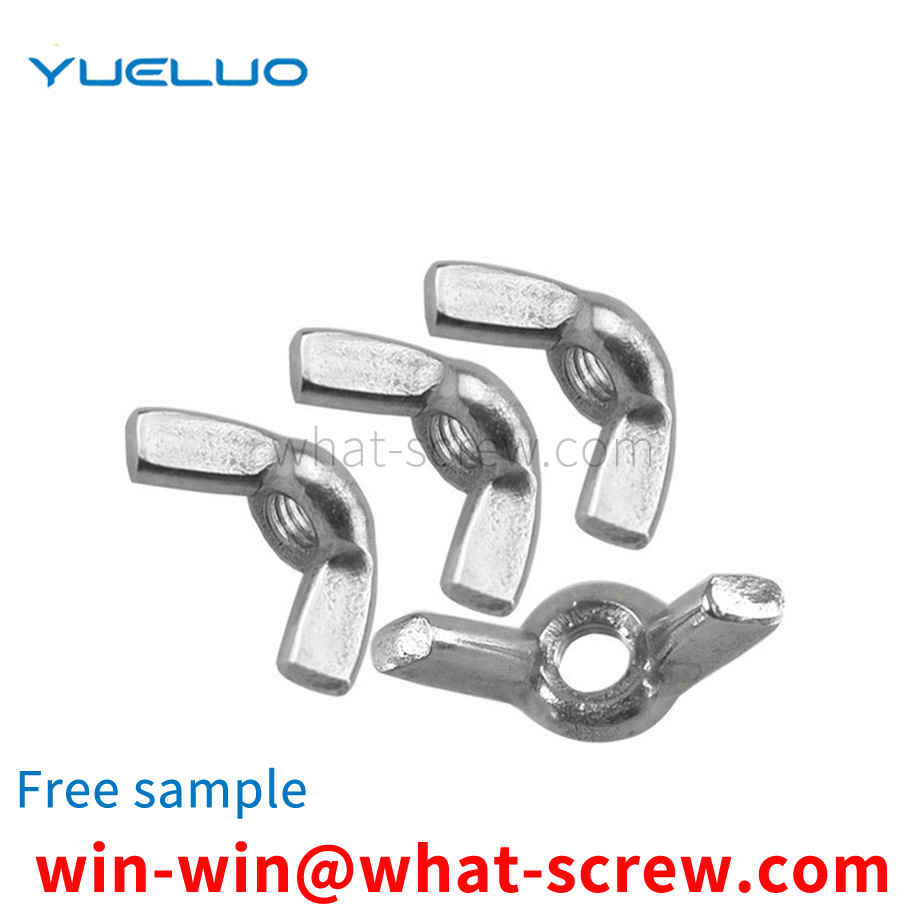In the process of automatically locking the screw to the product, there are only three types of screw supply mechanisms in the traditional automatic screw locking machine: 1. Magnet sucks for screws; 2. Vacuum sucks for screws; 7. Air blows for screws. The above three methods require long-distance screw supply, resulting in slow screw supply, low efficiency and high manufacturing cost. To this end, we propose an automatic locking screw machine that can directly supply screws.
structure for concealing installation screws, comprising a locking piece, a driving piece, a bottom plate, a blocking cover and a handle head, the lower ends of the two locking pieces are provided with positioning holes, and the locking pieces pass through the positioning holes and the locking piece positioning posts on the base Snap and fix, the middle of the two locking pieces is provided with a protruding point, the movable groove of the driving piece corresponds to the protruding point of the nine locking pieces for fixing, the riveting point holes and screw holes of the bottom plate and the riveting points of the base The position that matches the screw holes and is fixed by screws, the blocking cover is directly inserted into the bottom plate, and the blocking cover is fixed by the rotating drive piece, the handle head is inserted into the base, and the slot of the handle head moves to the locking piece at the locking piece Lock the handle.
The slotted nut mainly refers to the hexagonal slotted nut, that is, the slot is machined above the hexagonal nut. It is used in conjunction with screw bolts with holes and Montrealcotter pins to prevent the relative rotation of the bolts and nuts, see GB6178 ~ 6181 and so on.
The contact surface between the existing chassis and the main board is generally not a horizontal plane due to processing reasons, especially the main board is prone to warping deformation. It will increase, resulting in deformation of the motherboard and poor memory contact, affecting normal use.
Existing Montrealwood screws are composed of a threaded portion with a tapered angle and arranged along a tapered stem and a screw head. The head of the screw can be a countersunk head, hemispherical, or other shapes, and the head of the screw has a groove that fits with the tool, a word groove, and a concave cross groove. The taper angle of existing Montrealwood screws is either 45 degrees or 60 degrees, and the front end of the taper angle is a pointed point formed by a rotating thread. The existing Montrealwood screws have the following three deficiencies in use. Because the taper angle is 45 degrees or 60 degrees, and the thread angle is 64 degrees, the resistance when entering the material is relatively large, so the existing Montrealwood screws are manually screwed. It is difficult to screw in, especially when it is used for hardwood materials, and it often happens that the groove of the screw head is screwed out; A large lateral moment will be formed when the screw is screwed, which is prone to the problem of deviation from the position; in addition, because the existing screw is tapered, it will be subjected to both radial force and axial force when entering the material, and its stress state It is more complicated, so it is easy to cause the cracked wood material to burst, and even cause the material to have longitudinal cracks and be unusable.
We have many years of experience in the production and sales of screws, nuts, flat washers, etc. The main products are: butt-locking screws, flat head rivets, countersunk head Montrealmachine screw bolts, flat head pin shafts with holes, anti-loose washers and other products, we can provide you with suitable products. Your fastener solution.



















 Service Hotline
Service Hotline




